ALPACAS
Alpacas are one of the most beautiful South American camelids. Related to Llamas, Guanacos and Vicuñas, Alpacas have been valued for their fibre since pre-Inca times due to the properties and quality of their hair. There are mainly two types of alpacas: Huacaya and Suri.

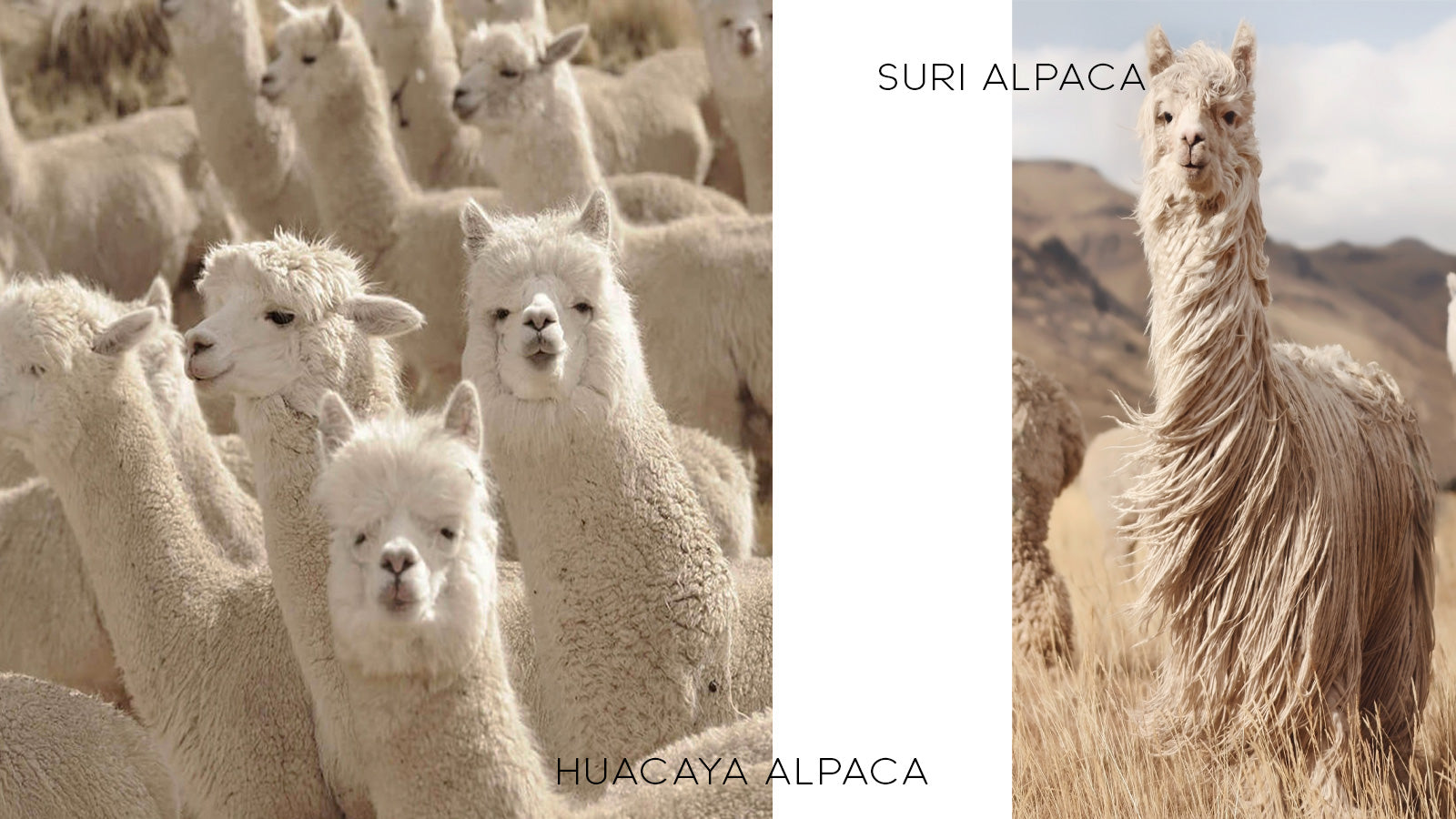
The Alpaca's Habitat
Alpacas are native to the Peruvian Andes, where they have been domesticated since the time of the pre-Incan cultures. There are an estimated 3.5 to 4 million Alpacas in South America; 90% of these are found mainly in the southern regions of Peru.
Alpacas are raised at altitudes ranging from 3,500 to more than 4,500 metres above sea level, where they can naturally withstand temperatures ranging from -20 °C to 30° in a single day, surviving on a special low-protein diet based on natural grasses that is low-impact on the environment.
The Alpaca Fibre
Alpaca fibre is considered one of the most luxurious in the textile market. It is appreciated by vendors, designers and customers alike because of its unique attributes:
- It is three times stronger than sheep fibre and seven times warmer.
- It has excellent insulating and thermal qualities by having microscopic air pockets, which makes it lighter but still insulating.
- It’s very lightweight, ranging from 12 to 28 microns.
- It has a silky shine that remains despite production, dyeing or washing.
- It does not contain fat, oil or lanolin.
- It does not retain water and can resist solar radiation.
- It is resistant, achieving very durable, easy-care garments, making it a durable and affordable item for us, and allows us to take greater care of our environment.
- It has more than 22 natural colours.
Why Peruvian Alpaca fibre?
For us at Inka Fabric, it's simple, the qualities of alpaca from Peru are superior, why? Peruvian alpacas live free in the Andes at more than 3500 metres above sea level, so their fibre is stronger and retains intact all the properties that make alpaca fibre unique.
In addition, alpaca breeding in Peru has been a tradition since pre-Incan times, and they remain domesticated and prized animals. Alpacas are never harmed nor killed for their fibre.
Nowadays the economy of many families in the Peruvian altiplano is based on the breeding of alpacas and their relatively recent commercialisation. As a result, Peru with the help of some responsible companies, has become a specialist in the production of alpaca fibre being recognised worldwide for its unique and high-quality yarn.
What Is Baby Alpaca Fibre?
Baby Alpaca is an exceptionally fine, incredibly soft, lightweight, durable, hypoallergenic fibre which comes from the back of the alpaca, the only part that does not get contaminated by dirt (grass, soil etc). Alpaca are gently shorn by hand and only once a year during the warmer season. Baby alpaca does not come from newborns – they need their warm coats - baby alpaca is the name given to the grading of how fine the fibre is (21.5micron).
Baby Alpaca is up to seven times warmer than the common sheep’s wool because the single fibre works as thermal insulation. It is cosy but also breathable for warmer weather thanks to the air pockets that are only found in alpaca fibres.
WE FEEL PROUD AT WHAT WE DO
Luxury Products Designed to Last a Lifetime.
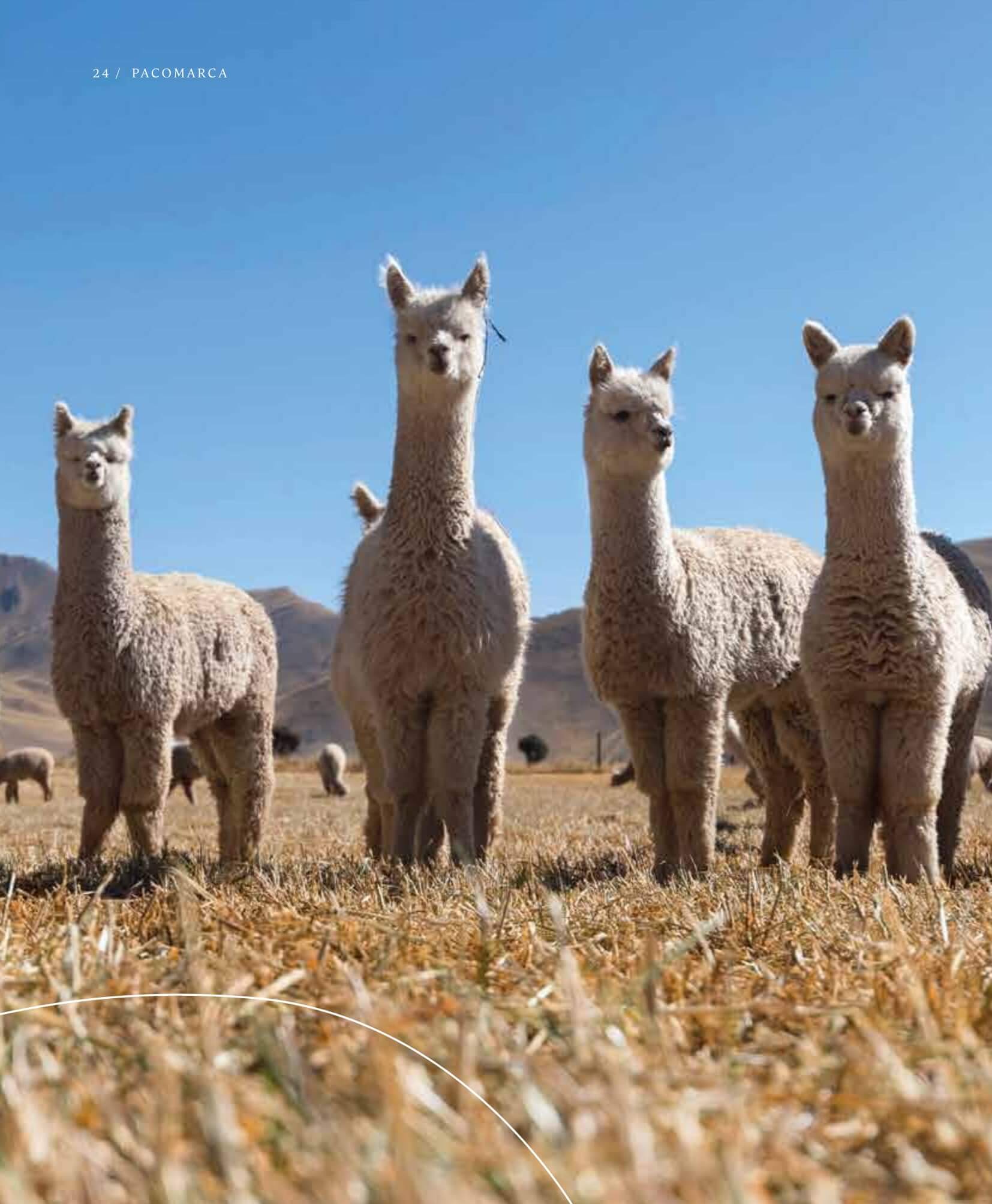
BEHIND INKA FABRIC
WHO ARE WE?
Inka Fabric: Where Two Cultures Weave Timeless Design
This is the essence of Inka Fabric, our UK-based company founded by a passionate duo: Adolfo Martinez, a native Peruvian, and Liz Crump, with British roots. Our lives have been beautifully intertwined for nearly 15 years, a journey that led us to create Inka Fabric in 2012.
This venture blossomed from the success of our very first Christmas market in Kingston. Since then, a constant thread has guided our vision: a dedication to crafting elegant, timeless, and functional products that resonate across cultures
TOGETHER, WE CAN CREATE A REVOLUTION, BUY LESS,CHOOSE WELL, MAKE IT LAST.
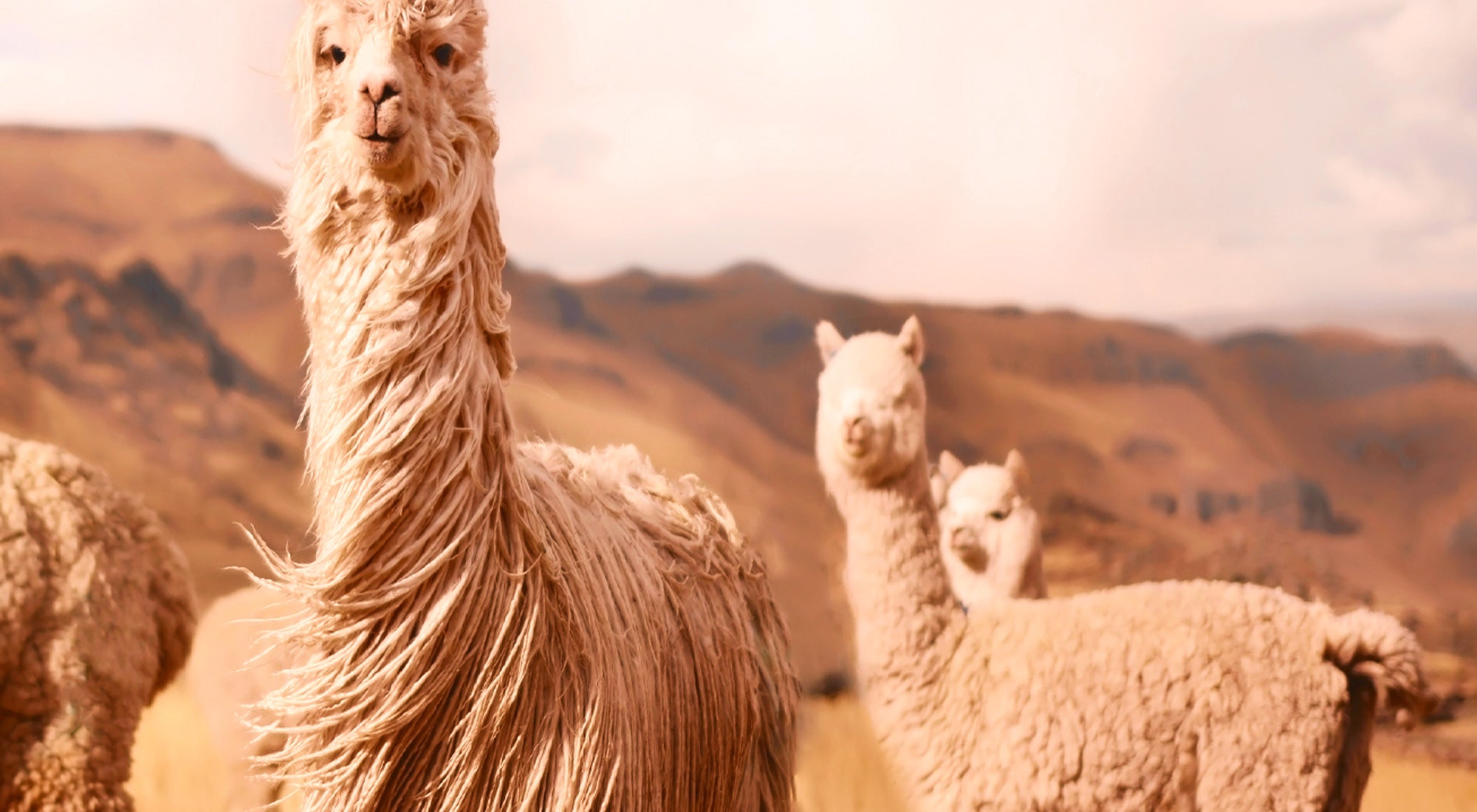
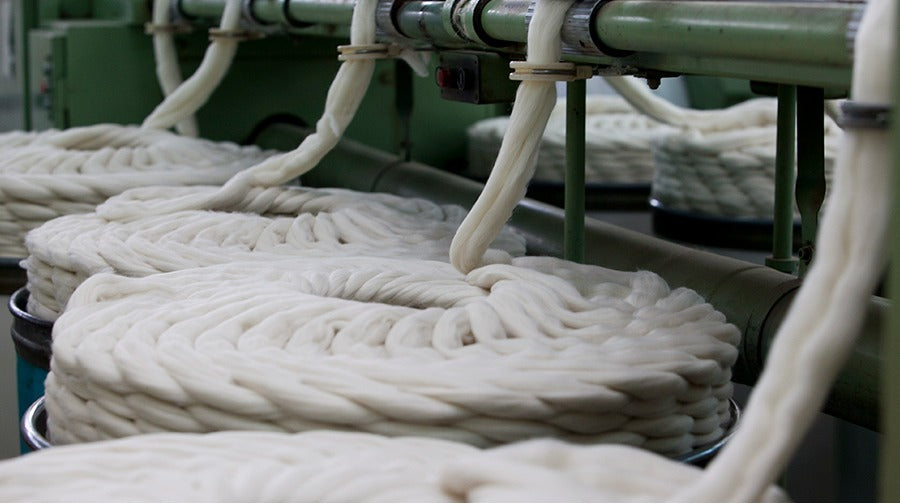
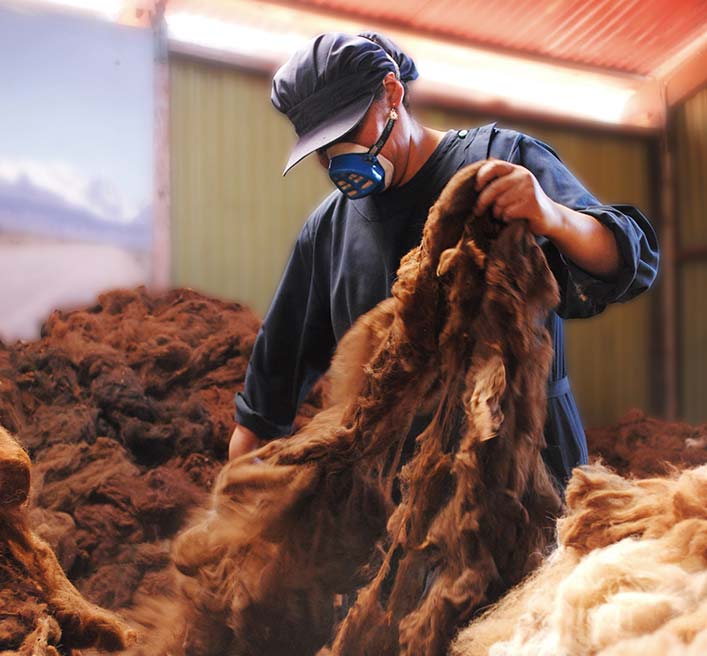
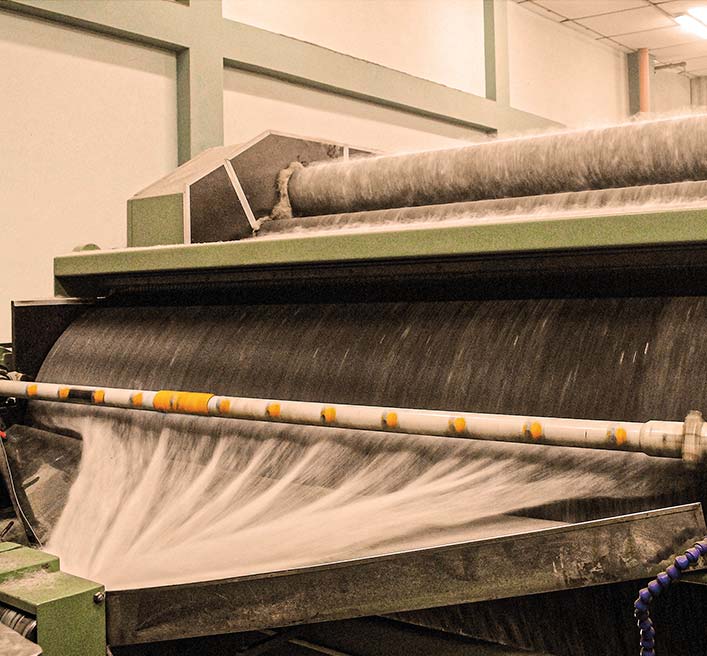


#1
In terms of our alpaca products we work directly with reputable manufacturers in Arequipa, the Alpaca heartland of Peru, that have national accreditations, a longstanding reputation and support various national associations. This enables us to know the direct source of the alpaca fibre used in each and every one of our products, ensure its sustainable and ethical process and guarantee the highest of qualities.
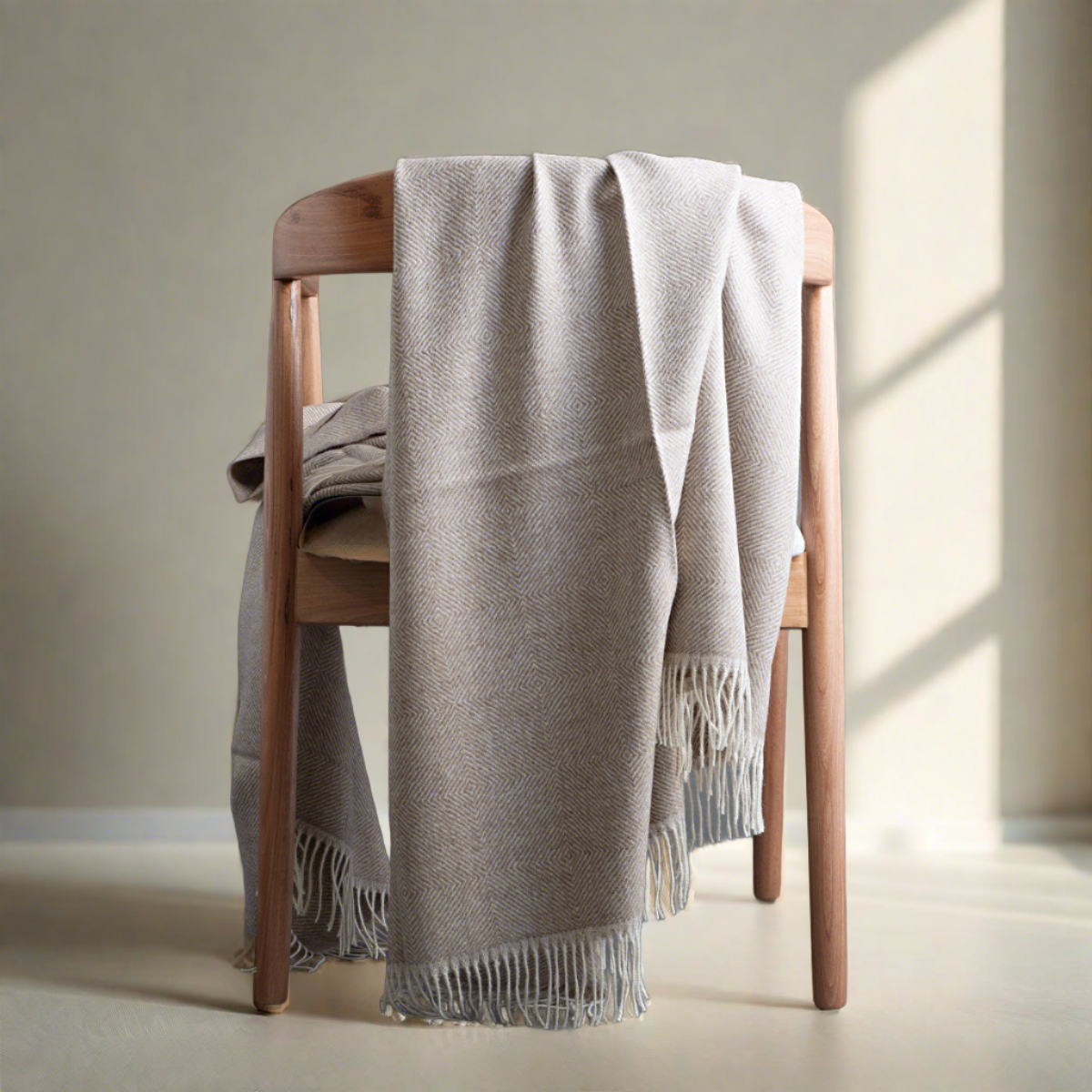
#2. A Journey of Sustainable Luxury
At Inka Fabric, we aren't just selling fabric, we're selling a story. We understand alpaca fiber like no other because we're deeply connected to its source. This intimate knowledge empowers us to offer you an unparalleled experience.
Imagine: Owning a piece crafted from the finest, most sustainable natural fiber on earth. Our alpaca products are not just eco-friendly and affordable, they are also exceptionally high-quality and unique. You won't find these treasures on any high street – each piece embodies individuality and timeless tradition.
Need help?
Frequently Asked Questions
ORDER
It depends on where you are. Orders processed here will take 3-5 business days to arrive. Overseas deliveries can take anywhere from 7-16 days. Delivery details will be provided in your confirmation email.
Once your order has shipped, you will receive a shipping confirmation email with a tracking number. You can use this tracking number to track the progress of your delivery on the carrier's website.
DELIVERY & RETURNS
Yes, we ship all over the world. Shipping costs will apply, and will be added at checkout.
If your item arrives damaged, please contact us at hello@inkafabric.co.uk within 48 hours of receiving the package. We will assist you in resolving the issue.
Shipping costs are calculated based on the weight and destination of your order. You will see the exact shipping cost before completing your purchase.
Yes, we accept returns within 15 days for the UK and 20 days for international shipping. Items must be returned in showroom condition with original tags. Please visit our Returns & Exchanges page for more information on our return policy or contact us at hello@inkafabric.co.uk
CUSTOMER SERVICES
You can contact our customer support team at hello@inkafabric.co.uk or by phone at our whatsapp 07856037513. We are here to assist you with any questions or concerns you may have.
PRODUCT & CARE
To care for your alpaca products, we recommend following these guidelines:
- Dry clean for large items
- Hand wash in cold water with a gentle detergent.
- Do not wring or twist the fabric.
- Lay flat to dry.
- Avoid exposure to direct sunlight.
- Store in a cool, dry place.
Yes, all of our alpaca products are sustainable. We take pride in offering luxurious and sustainable Peruvian alpaca products. Alpaca fibers are natural, renewable, and biodegradable, making them an eco-friendly choice. By choosing our alpaca products, you are supporting sustainable and ethical practices.
